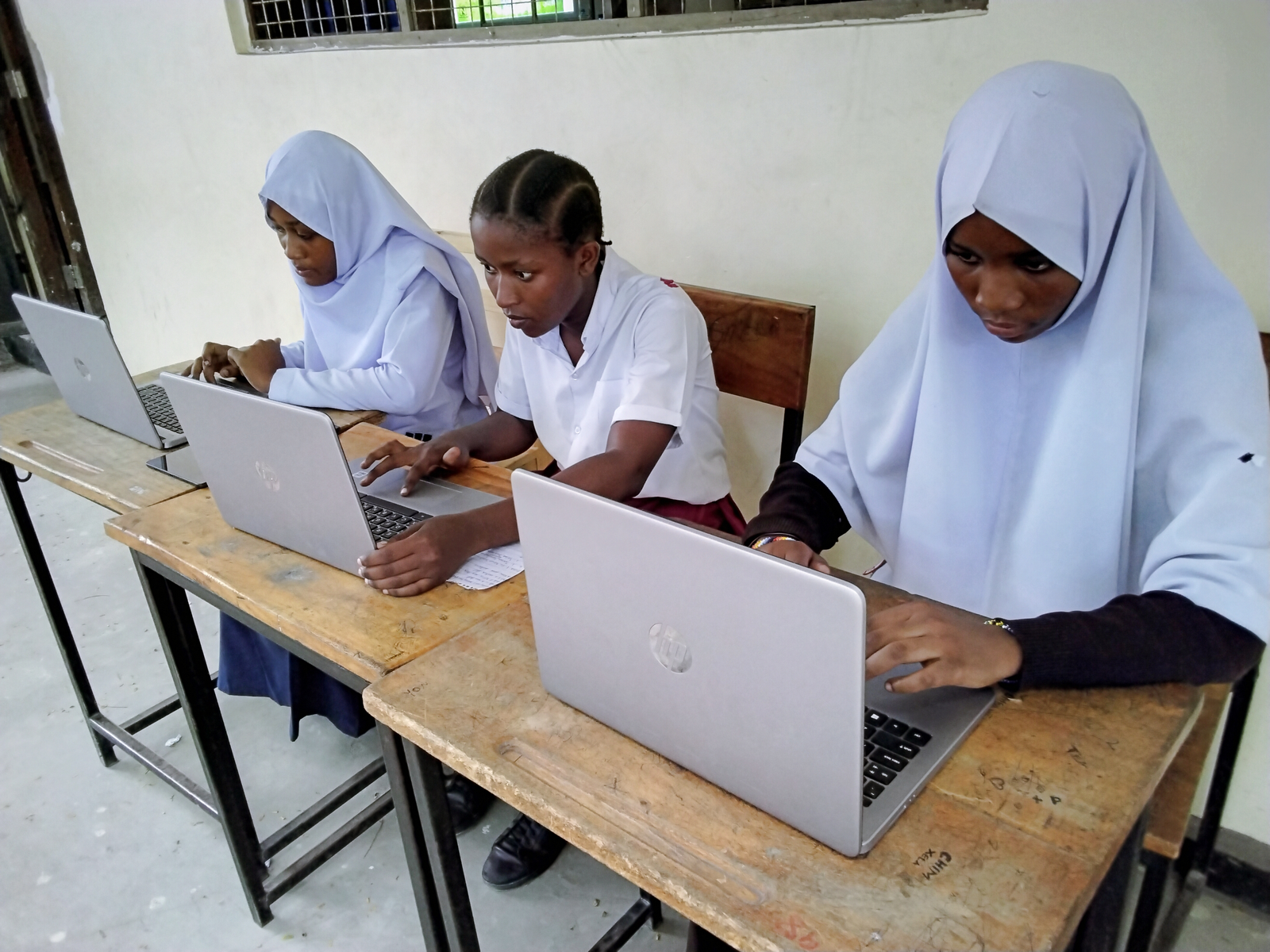
Twice as many girls as boys may never go to school
Girls' education
Girls needed to have equal opportunities if they are going to fulfil their potential. Here are students at Kibera School for Girls in Kenya – where the first Code Club was launched by Theirworld. Learn more about this exciting project. Picture: Theirworld/Adriane Ohanesian
If current trends continue, eight million boys around the world will never go to school.
Shocking? Of course it is. But even more outrageous is that twice as many girls will never set foot inside a classroom and learn to read and write.
An online set of data released ahead of International Women’s Day today reveals that 16 million girls will never go to primary school unless things change dramatically.
The eAtlas of Gender Inequalities in Education was published by UNESCO, the United Nations human rights organisation.
Director-General Irina Bokova said: “We will never achieve any of the Sustainable Development Goals without overcoming the discrimination and poverty that stunt the lives of girls and women from one generation to the next.
“We must work at all levels, from grassroots to global leaders, to put equity and inclusion at the heart of every policy so that all girls, whatever their circumstances, go to school, stay in school and become empowered citizens.”
UNESCO says the gender disparities are highest in the Arab States, sub-Saharan Africa and South and West Asia.
Throughout sub-Saharan Africa, 9.5 million girls will NEVER go to school, compared to five million boys.
And the gender gap is even wider in South and West Asia, where 80% of girls who are out of school will never enter formal education – compared to 16% of the out-of-school boys. In actual numbers, that means four million girls compared to fewer than one million boys.
UNESCO says it is not possible to give such accurate estimates in the 21 Arab States, which include war-torn Syria, Iraq and Yemen.
The eAtlas of Gender Inequalities in Education shows gender gaps from primary to tertiary education using the latest available data from the UNESCO Institute for Statistics (UIS).
With about 100 interactive maps and charts, the eAtlas shows the educational pathways of girls and boys in more than 200 countries and territories.
Silvia Montoya, Director of UIS, said: “We clearly see where the injustices begin and how they accumulate through the lives of the most marginalised girls and women.
“But the data also show that girls who do manage to start primary school and make the transition to secondary education tend to outperform boys and continue their studies.”
Read more about how International Women’s Day is highlighting girls’ education
More news

